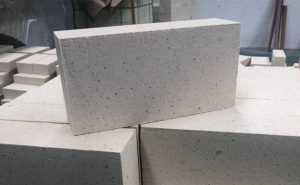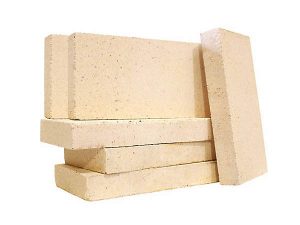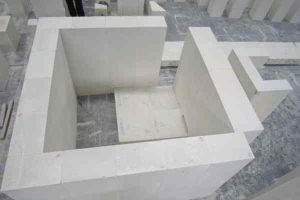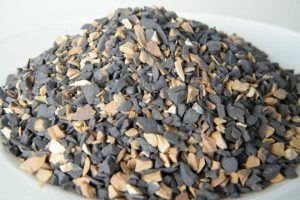Refractory bricks are a type of high-temperature ceramic material that is used to construct and line industrial kilns, relau, and other high-temperature equipment. These bricks are known for their ability to withstand extremely high temperatures and harsh chemical environments, making them ideal for use in industrial settings.
PER refractory group will discuss the advantages of refractory bricks for kilns and provide some considerations for their installation.
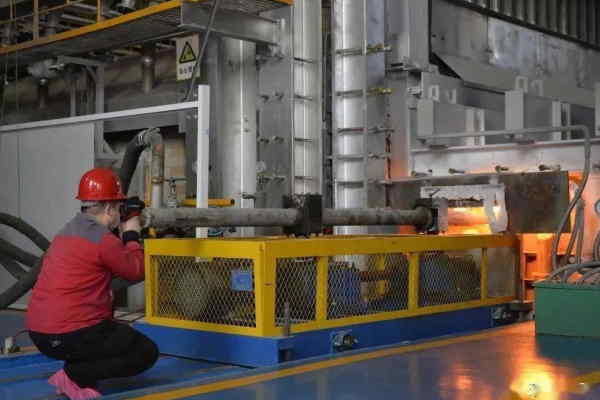
Advantages of Refractory Bricks
Rintangan Suhu Tinggi
Refractory bricks are designed to withstand extremely high temperatures, which makes them ideal for use in kilns and furnaces. These bricks are able to maintain their structural integrity even at temperatures exceeding 3000°F, making them perfect for use in high-temperature applications.
Rintangan Kimia
Another advantage of refractory bricks is their ability to resist chemical attack. These bricks are able to withstand harsh chemical environments without breaking down, which is crucial for industrial applications that involve the use of chemicals.
Kekonduksian Terma Rendah
Refractory bricks have a low thermal conductivity, which means they are able to insulate against heat. This is important in kilns and furnaces because it helps to maintain the desired temperature while also reducing energy consumption.
Kekuatan tinggi
Refractory bricks are known for their high strength and durability. They are able to withstand the physical demands of industrial settings and can last for many years without needing to be replaced.
Versatility
Refractory bricks are available in a variety of shapes and sizes, which makes them highly versatile. They can be used to construct and line a wide range of high-temperature equipment, from kilns and furnaces to incinerators and boilers.
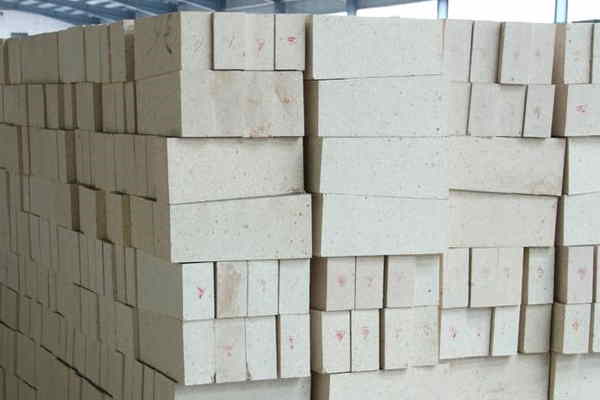
Installation Considerations
Choosing the Right Type of Brick
When it comes to installing refractory bricks, it’s important to choose the right type of firebrick for the job. Different types of refractory bricks have different properties and are designed for use in different applications. Sebagai contoh, bata alumina tinggi are ideal for use in high-temperature environments, while fireclay bricks are better suited for lower-temperature applications.
Properly Curing the Bricks
After the bricks have been installed, it’s important to properly cure them before putting them into use. Curing involves slowly heating the bricks to the desired temperature, which helps to strengthen them and prevent cracking.
Properly Sealing the Joints
To ensure that the kiln or furnace is properly insulated, it’s important to seal the joints between the refractory bricks. This helps to prevent heat from escaping and can also help to prevent the buildup of harmful gases.
Regular Maintenance
Like any other piece of equipment, refractory bricks require regular maintenance to ensure that they continue to function properly. This includes regular inspections to check for cracks and other damage, as well as repairs as needed.
Proper Handling and Storage
When handling and storing refractory bricks, it’s important to take proper precautions to prevent damage. This includes using appropriate lifting equipment, storing the bricks in a dry location, and protecting them from impacts.
Kesimpulan
Kesimpulannya, refractory bricks offer a range of advantages for kilns and other high-temperature equipment. Their high temperature resistance, chemical resistance, kekonduksian haba yang rendah, kekuatan tinggi, and versatility make them an ideal choice for industrial applications. Namun begitu, it’s important to take proper considerations when installing and maintaining refractory bricks to ensure their longevity and effectiveness.
Soalan Lazim
1. Apakah Batu Bata Refraktori?
Refractory bricks are a type of high-temperature ceramic material that is used to construct and line industrial kilns, relau, and other high-temperature equipment.
2. What Temperatures Can Refractory Bricks Withstand?
Refractory bricks can withstand temperatures exceeding 3000°F, making them ideal for use in high-temperature applications.
3. How Do You Properly Install Refractory Bricks?
Proper installation of refractory bricks involves choosing the right type of brick, properly curing the bricks, sealing the joints, and regular maintenance.
4. How Long Do Refractory Bricks Last?
Refractory bricks can last for many years without needing to be replaced, but their lifespan depends on various factors such as the type of brick, the operating temperature, and the level of maintenance.

